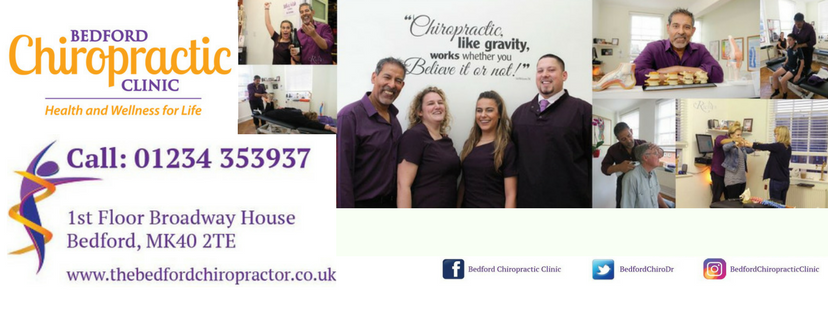5 Risk Factors for Hip Arthritis

The hip is one of the most vulnerable joints in the body to develop arthritis—particularly osteoarthritis. The lifetime risk for hip osteoarthritis is about 1 in 5 for men and 1 in 4 for women, according to the Centers for Disease Control and Prevention (CDC). How do you know if you're one of the people at risk for hip osteoarthritis? There are several factors that can put you at higher risk. Being older During our lifetimes, our hips carry most of our weight each day, which can be very hard on the cartilage in the joints. Inevitably, joint cartilage degrades more and more as we age, with the potential to become full-blown osteoarthritis after age 45. Most people with hip osteoarthritis problems are in their 60s and 70s. Being overweight The more you weigh, the more pressure is on your joints—and the faster potential degeneration can occur. Unfortunately, joint pain can discourage people from being active, making the accumulation of more pounds likely . If you hav


